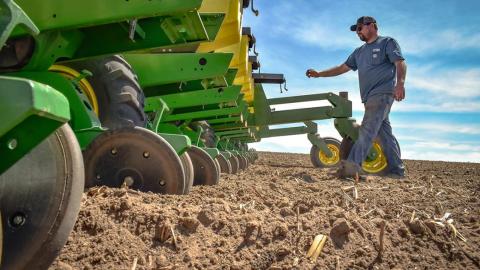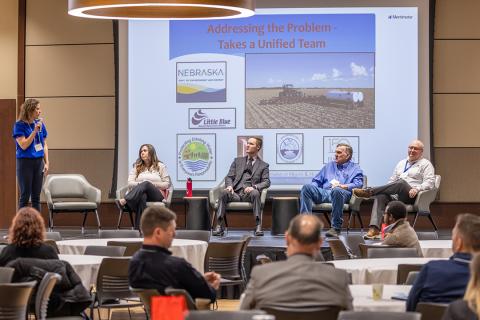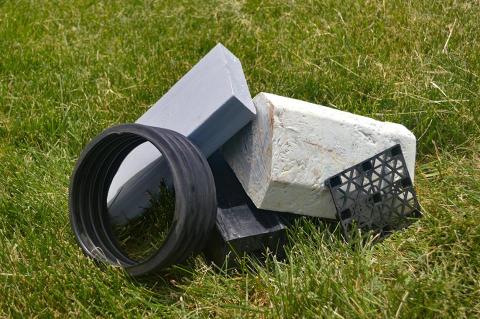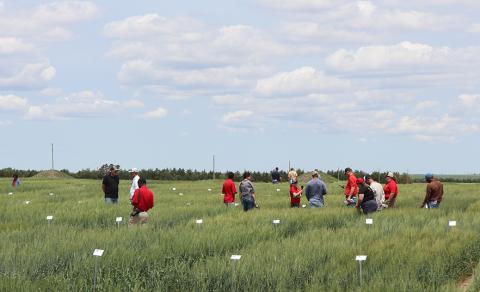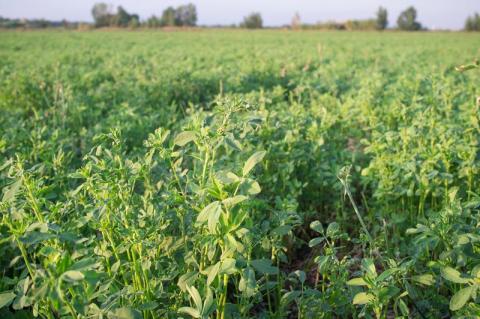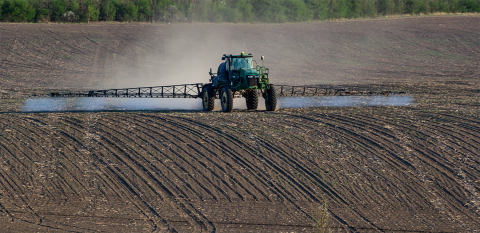Nebraska Farm Income Projected to Fall in 2024
April 4, 2024
The projected decline is attributed to a downturn in crop receipts in the state — due to lower crop prices in 2023 — that look to fall further in 2024.
IANR Summit Highlights Water, Nutrient Management Innovations
April 4, 2024
Ag researchers and industry stakeholders gathered in March to discuss the latest in water and nutrient research, technology, water quality concerns in Nebraska, and more.
Tips for Recycling Pesticide Containers in 2024
April 4, 2024
There are numerous ways for private and commercial applicators to safely and responsibly dispose of their pesticide containers throughout the upcoming growing season.
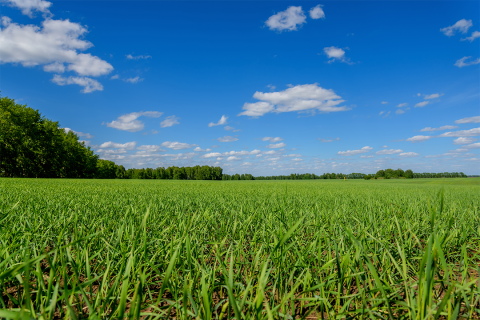
Crop Progress: Oat Planting Begins
April 4, 2024
Oat planting is ahead of schedule this year, with 12% of acreage planted as of March 31.
UNL Schedules 2024 Wheat Variety Tours
April 4, 2024
During each of the eight tours across Nebraska in June, members of the UNL wheat research team and seed industry partners will share insights on varieties and answer questions about variety selection, production and pest/disease concerns.
Pasture and Forage Minute: Double Cropping Forages, Wheat Grazing vs. Grain Value
April 3, 2024
Insights on double cropping annual forages in irrigated cropland, avoiding grass tetany, and making the decision to use wheat as forage or grain this year.
Pasture and Forage Minute: Evaluating Alfalfa Stands, Fertilizing Cool-season Grass
March 26, 2024
Recommendations on getting an accurate assessment of alfalfa stands this spring and fertilizing cool-season grass pastures and hayfields for optimal forage yields.
How Can a Warm Winter and Spring Affect Nitrogen Availability for the Upcoming Crop?
April 3, 2024
With a warmer start to the 2024 growing season, more nitrogen could be available in the soil. To estimate the amount of fertilizer N to apply this year, extension educators review how to conduct a late spring soil nitrate test.


